On-Page SEO Explained: 10 Simple Strategies for Better Rankings
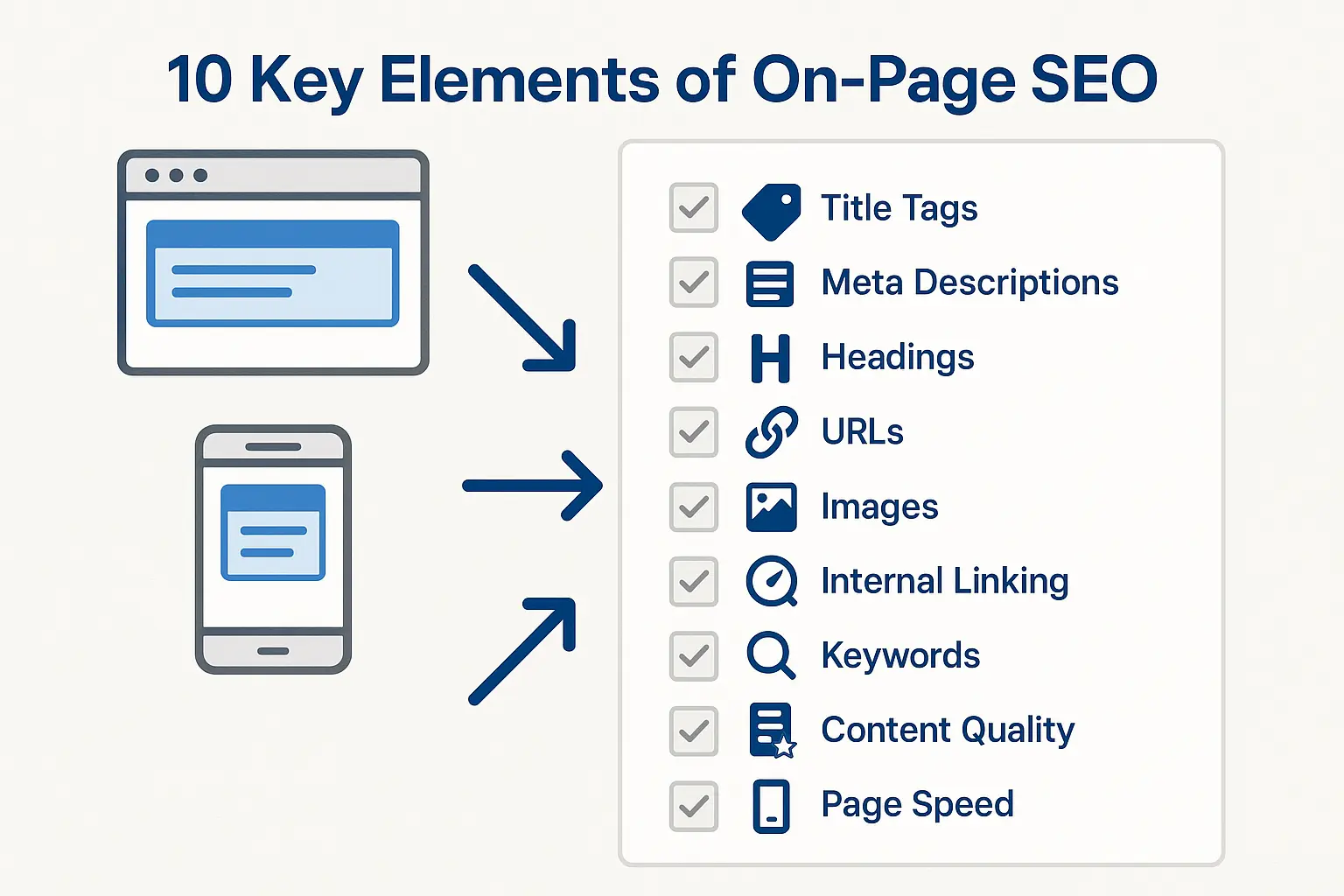
Ever wondered why some websites show up on the first page of Google while others remain invisible? It’s not luck — it’s On-Page SEO. On-page SEO is the process of optimising everything inside your website to make it search engine-friendly and user-focused. It’s the backbone of your visibility — from how your title appears on Google to how fast your page loads. If you want to get noticed, earn clicks, and keep visitors engaged, mastering On-Page SEO is your first step. Let’s break it down into simple, actionable steps you can start applying today.
What is On-Page SEO?
On-page SEO refers to optimising the elements you can directly control on your website, including your text, images, structure, and HTML tags.
Think of your website as a book — On-Page SEO ensures your title, chapters, and layout make sense both to readers and search engines.
Why it matters:
- Helps search engines understand your content’s topic.
- Improves ranking chances for relevant keywords.
- Enhances user experience (UX) and engagement.
- Increases click-through rate (CTR) from search results.
Step-by-Step: On-Page SEO Optimisation Checklist
1. Title Tags: Your First Impression
Your title tag is the clickable headline that appears on Google. It should be clear, keyword-rich, and under 60 characters.
Tips:
- Place your main keyword near the beginning.
- Make it relevant, not clickbait.
- Add emotional or actionable power words (“Ultimate”, “Guide”, “Checklist”, “How to”).
Example:
- ❌ “SEO Article”
- ✅ “On-Page SEO Checklist: How to Optimise Your Website in 2025”
2. Meta Descriptions: Your Elevator Pitch
Meta descriptions appear below your title in search results. They should be compelling summaries (under 160 characters) that encourage users to click.
Tips:
- Include your keyword naturally.
- Write in a human, conversational tone.
- End with a call to action.
Example:
- “Learn step-by-step On-Page SEO optimisation — from titles and meta tags to images and structure. Boost your Google ranking today!”
3. Headings (H1, H2, H3): The Content Framework
Search engines read headings to understand your content hierarchy.
Checklist:
- Use only one H1 (main title).
- Use H2 for subheadings, H3 for details.
- Include keywords in headings naturally.
- Avoid keyword stuffing — focus on clarity.
Example:
- On-Page SEO Guide
- What is On-Page SEO?
- Why It’s Important for Ranking
4. Image Alt Text: The Forgotten SEO Gem
Search engines can’t “see” images — they rely on your alt text (alternative text) to understand what the image shows.
Best Practices:
- Describe the image in 4–6 words.
- Add a keyword if relevant.
- Avoid stuffing (e.g., “SEO SEO SEO”).
Example:
- ❌ alt="IMG1234"
- ✅ alt="on-page seo checklist infographic"
Alt text improves accessibility and image search ranking.
5. URL Structure: Keep It Clean
URLs are like road signs for search engines and users.
Tips:
- Keep URLs short, descriptive, and lowercase.
- Include your main keyword.
- Use hyphens (-), not underscores (_).
Example:
- ✅ www.mindtweakdaily.com/on-page-seo-checklist
- ❌ www.mindtweakdaily.com/page?id=876
6. Content Quality: The Real SEO Engine
No amount of tags or keywords can fix bad content.
Your content should be helpful, original, and structured for readability.
Tips:
- Use short paragraphs (2–3 lines).
- Write conversationally — like explaining to a friend.
- Add examples, lists, and visuals.
- Naturally include your keyword 3–5 times.
Remember: Write for humans first, optimise for search later.
7. Internal Linking: Build Your Site Map Naturally
Internal links connect one page of your site to another. They help both users and search engines navigate easily.
Tips:
- Link to 2–4 relevant internal pages per article.
- Use descriptive anchor text (e.g., “learn about keyword research” instead of “click here”).
- Update links when you add new content.
Internal linking boosts the ranking of older pages through link authority sharing.
8. External Links: Build Trust
Outbound links to authoritative sites show Google that your content is well-researched and credible.
Link to sources like:
- Wikipedia
- Forbes, HubSpot, Moz
- Industry-specific authoritative blogs
Example:
- According to a study by Moz, On-Page SEO factors contribute to over 30% of Google ranking signals.
9. Mobile Optimisation
Google uses mobile-first indexing, meaning your mobile version is what’s ranked first.
- Use Google’s Mobile-Friendly Test tool.
- Check buttons, menus, and text readability on mobile.
- Avoid pop-ups that block content.
10. Page Speed & Core Web Vitals
A fast website keeps visitors happy and Google impressed.
Tools:
- PageSpeed Insights (Google)
- GTmetrix
- Pingdom
Fixes:
- Compress images with TinyPNG.
- Use caching and lazy loading.
- Choose reliable hosting.
11. User Experience (UX)
Great SEO means great experience.
- Keep navigation simple.
- Use clear CTAs (“Read More”, “Buy Now”, “Subscribe”).
- Avoid clutter — white space improves focus.
Remember: SEO isn’t only about bots. It’s about people enjoying your content.
Conclusion
On-Page SEO is the easiest, most controllable part of your digital marketing strategy — and it delivers long-term impact. You don’t need expensive tools; just clear structure, useful content, and attention to detail.
Start small — fix one element a day. As your site becomes more SEO-friendly, your traffic, engagement, and authority will grow naturally.
Pick one blog post today and run it through this checklist. Optimise it, re-index it, and watch your visibility rise.
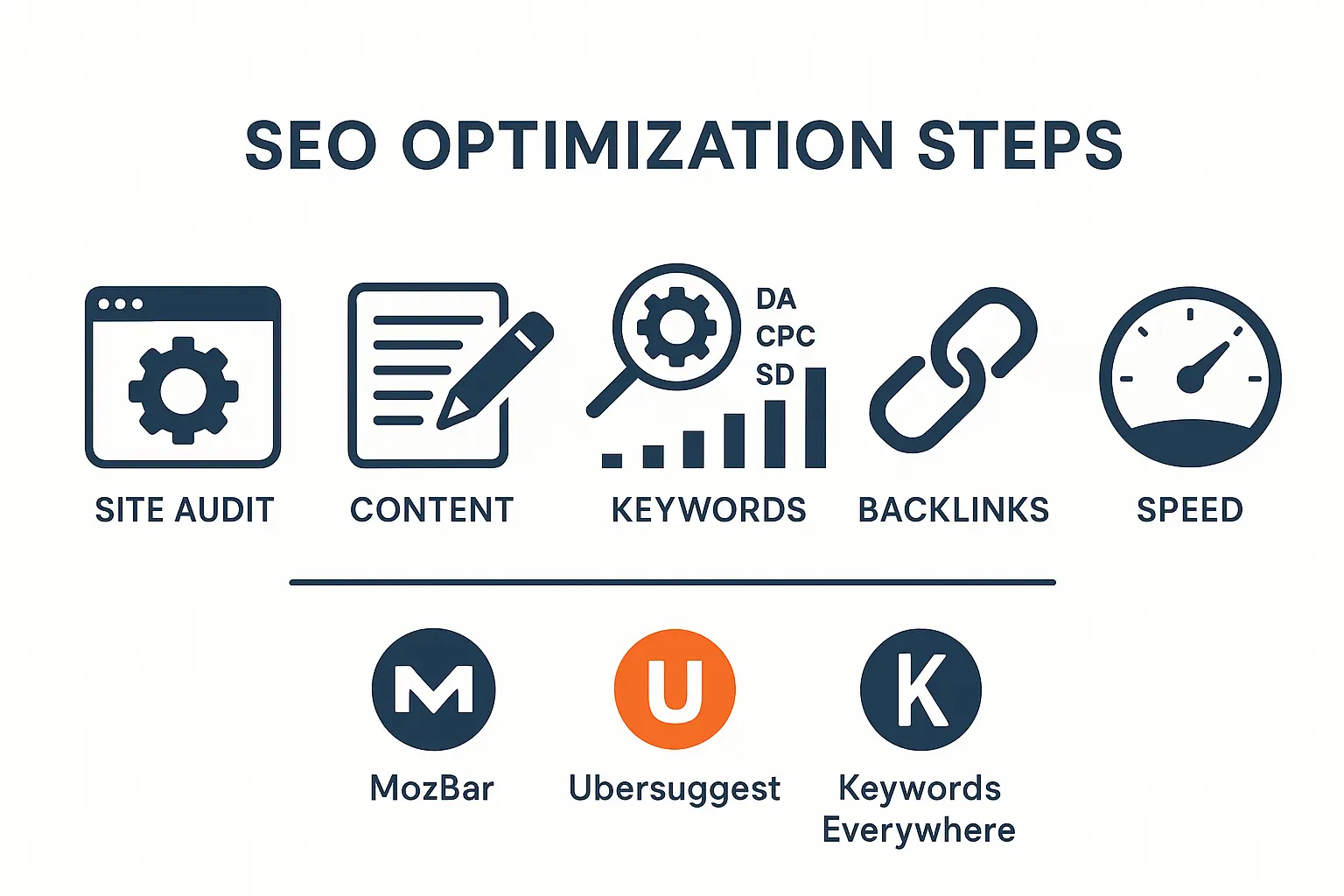
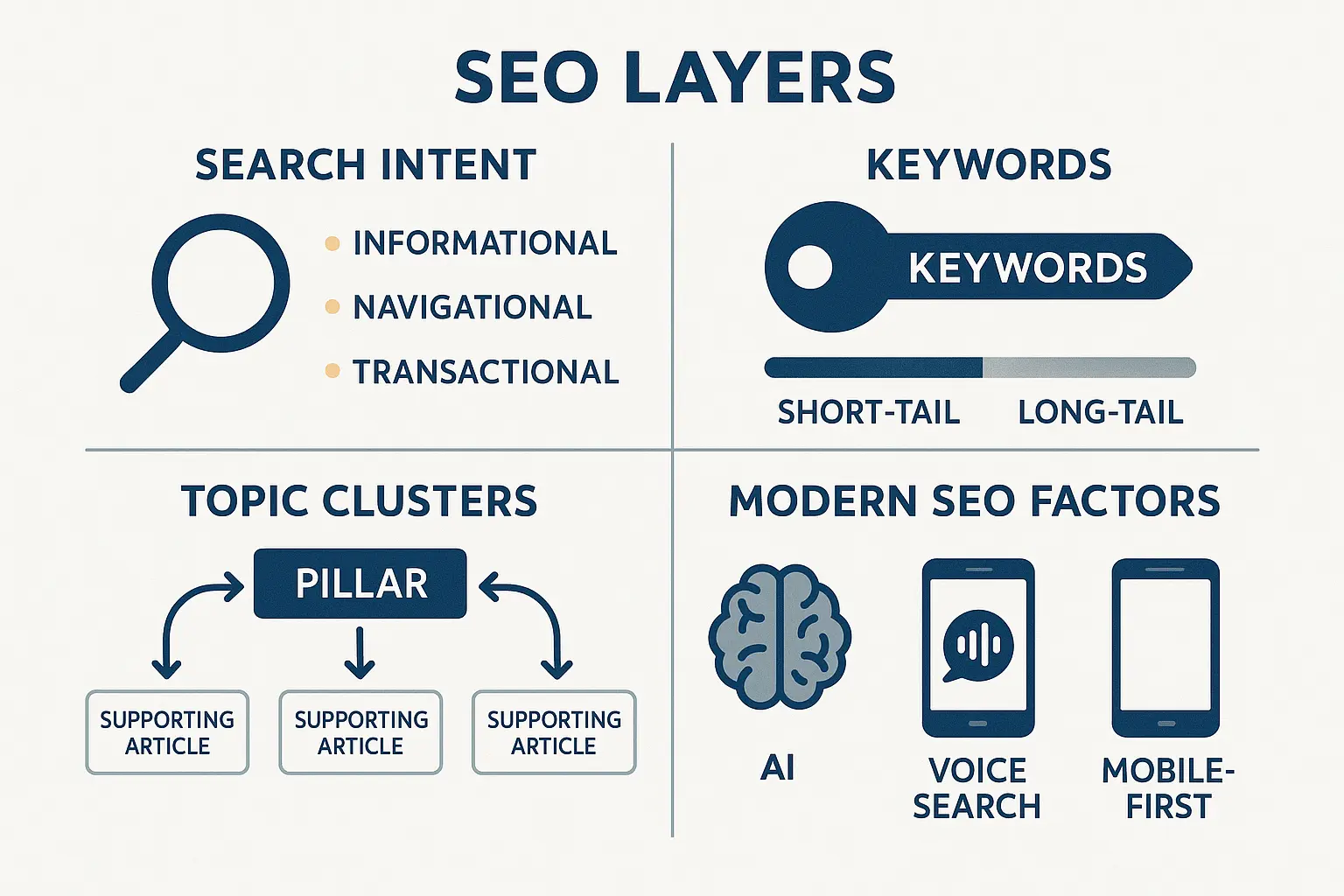
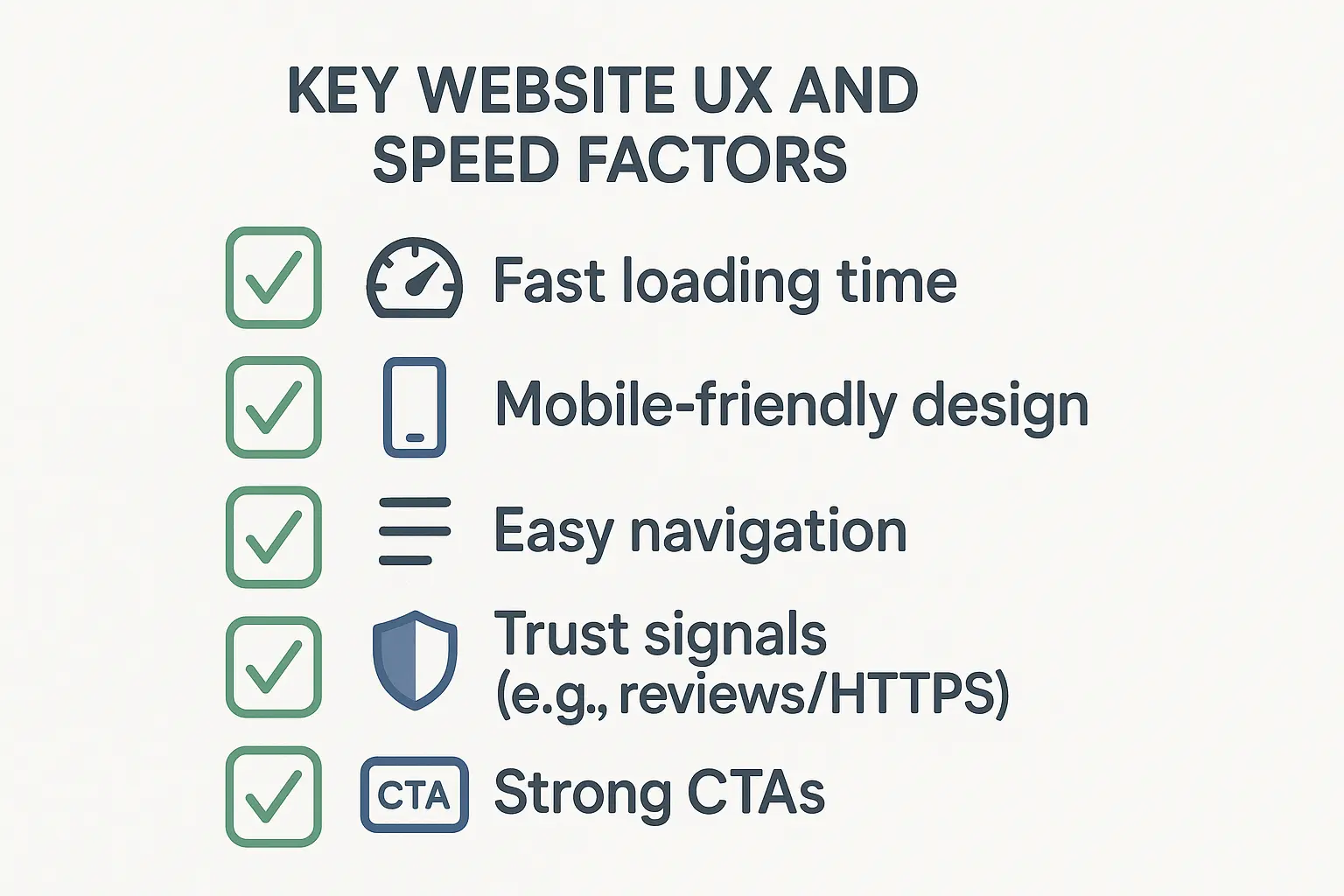
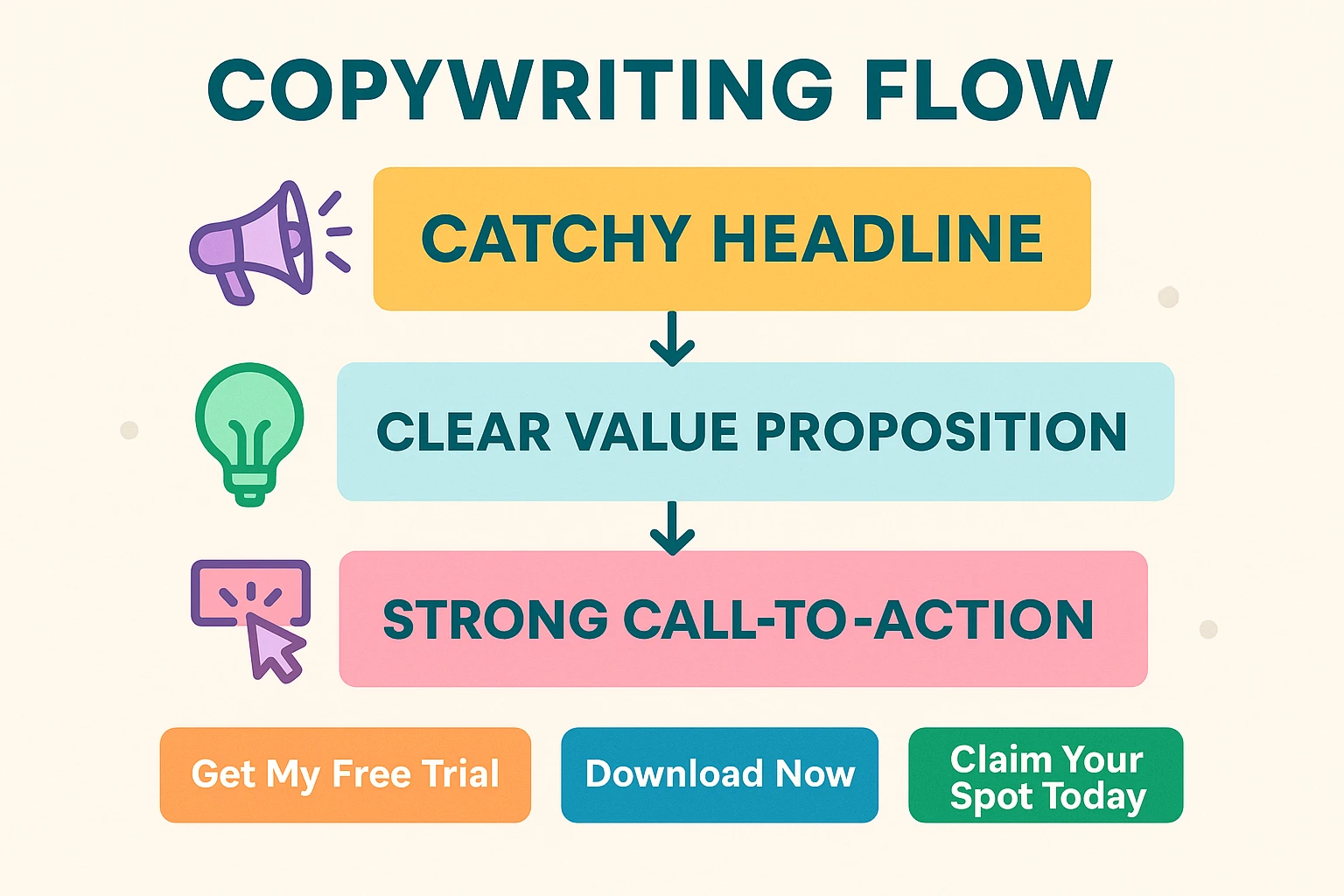
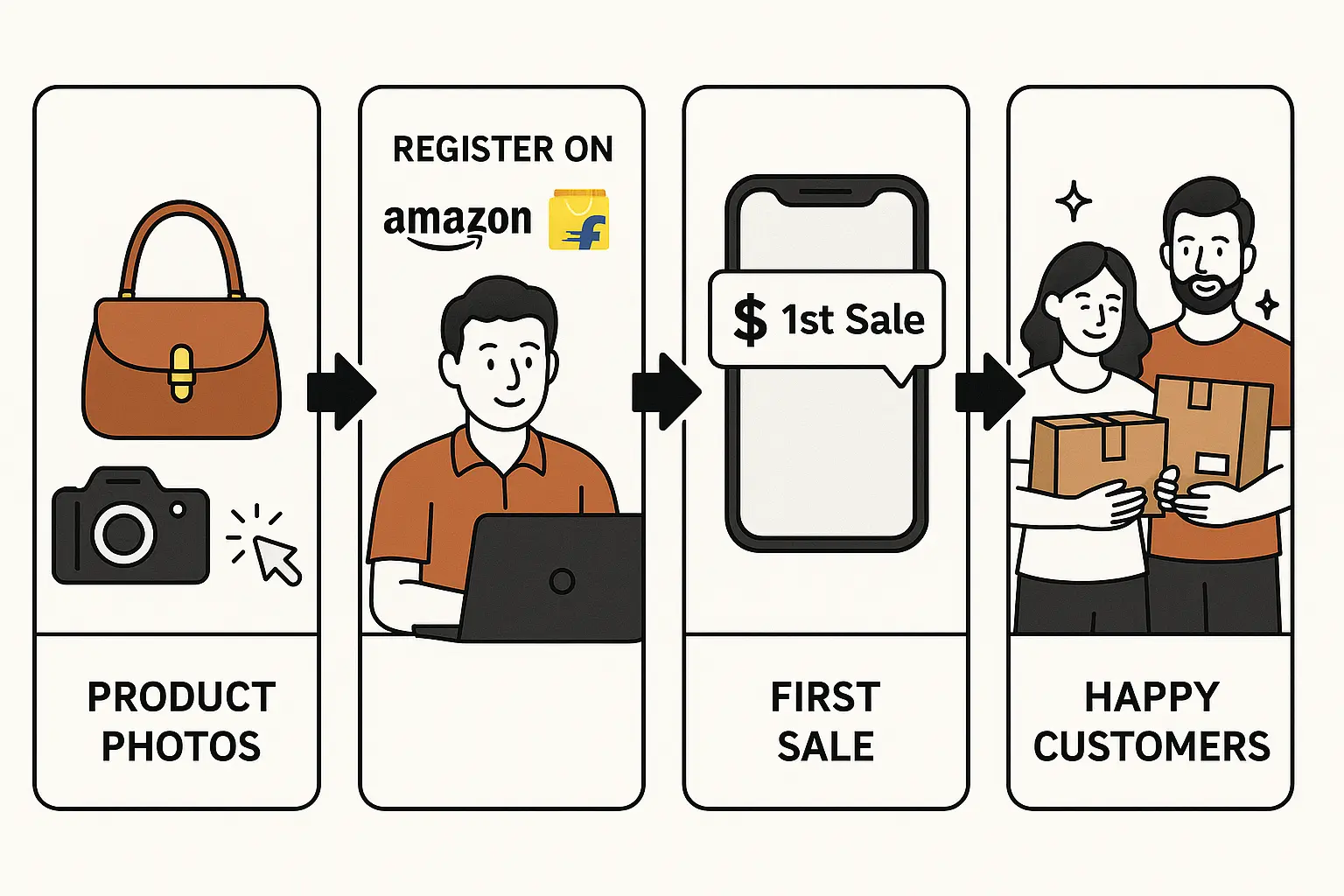
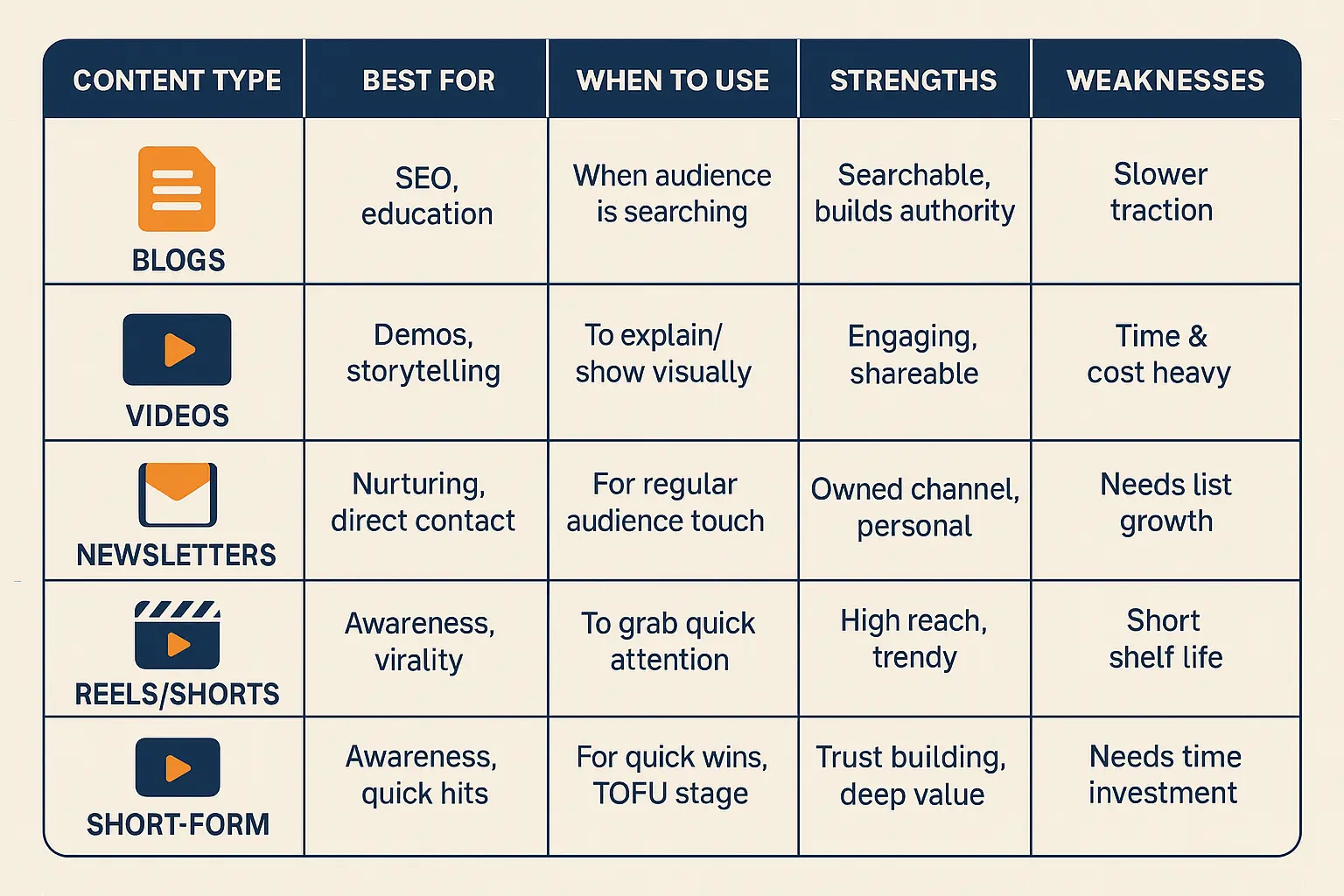


No comments yet. Be the first to comment!